In order to grow, most arthropods have to shed their exoskeleton because this hardened outer layer restricts growth. This delicate process of shedding the exoskeleton and expanding to a larger size, is called moulting. During the moulting process, the arthropod forces a split in the exoskeleton and pushes itself out with a new cuticle. At this stage, the overcoat is still soft and the arthropod must expand it’s body before the new exoskeleton hardens – this also means that it is in an extremely vulnerable state. The colours of a freshly moulted arthropod are usually different too – sometimes faded, and at times, vibrant. This makes moulting or freshly moulted subjects a joy to photograph!
House Centipede (Scutigeridae)
I was roaming about off the track when this House Centipede was spotted, fresh out of it’s moult above it. It is usually brown, but exhibits a strong tone of purple before it’s new exoskeleton hardens. A flash was placed behind to highlight the colours of the legs which were a little bit translucent.
House Centipede (Scutigeridae)
Moving in closer on the House Centipede . We had to be careful with it in this vulnerable state.
House Centipede (Scutigeridae)
Close up on the tail end. The House Centipede is normally a very skittish and fast running centipede, but on this occasion, it will stay put.
House Centipede (Scutigeridae)
Checking out the vibrant colours
House Centipede (Scutigeridae)
Even the micro hairs were a vibrant tone of yellow and orange!
House Centipede (Scutigeridae)
After almost 2 hours, the House Centipede started moving a little and hid underneath a leaf, abandoning it’s old exoskeleton
House Centipede (Scutigeridae)
Full dorsal view of the beautiful House Centipede
House Centipede (Scutigeridae)
Close up on the head again
Katydid (Tettigoniidae)
Just 2 meters away from the house centipede was this moulting Katydid !
Katydid (Tettigoniidae)
It was busy pumping air into the wings, so I tried placing my flash behind to shine through the wings and highlight the wing texture
Moth-Like Planthopper (Ricaniidae)
Moth-Like Planthopper perched on a stalk.
Moth-Like Planthopper (Ricaniidae)
Indeed, the Moth-Like Planthopper has often been mistaken to be a moth
Midges?
Midges? Usually found hanging around on horizontal strands of silk.
Froghopper (Cercopidae)
A lone Froghopper or Spittlebug
Spider Wasp (Pompilidae)
This Spider Wasp was resting quietly on a leaf, but our intrusion led it to wander around restlessly, occasionally taking flight
Huntsman Spider (Thelcticopis sp.)
This Huntsman Spider stays still most of the time but once it moves, it would usually be too fast to trace. It tends to do the suicide drop as well. It is an escape tactic by many arthropods to drop into the leaf litter where it would be almost impossible to spot.
Orb Web Spider (Eriovixia sp.)
The others found this beautiful Orb Web Spider hiding under a leaf
Harvestman (Opiliones)
Spikey looking Harvestman . This probably would fluoresce under UV light, but we decided against spending too much time on it. 😛
Planthopper (Fulgoromorpha)
Planthopper, any ID for this?
Huntsman Spider (Sparassidae)
An interesting looking Huntsman Spider found on a tree trunk
Huntsman Spider (Sparassidae)
The Huntsman Spider flattens it’s body on the tree trunk to break it’s silhouette
Huntsman Spider (Sparassidae)
How the Huntsman Spider looked when we found it. Not that easy to spot!
Ground Spider (Zodariidae)
Several of these Ground Spiders … where else? On the ground! 😛
Wolf Spider (Lycosidae)
The leaf litter was full of these Wolf Spiders as well
Wolf Spider (Lycosidae)
Because they were on the ground and extremely skittish, this was the lowest I could get without moving the spider.
Katydid (Tettigoniidae)
A well-camouflaged Katydid
Orb Web Spider (Araneidae)
Orb Web Spider
Wrap-Around Spider (Talthybia sp.)
There were a few small Wrap-Around Spiders happily wrapped around tree stalks.
Big-Jawed Spider (Tetragnathidae)
Quite a number of Big-Jawed Spiders in the area but often ignored. Took a record shot of this one.
Beetle
A common little Beetle, hopefully it looks cuter here!
Moths
A pair of Moths doing their thing
Wandering Spider (Ctenidae)
This Wandering Spider walked up to us. Couldn’t help but take a few shots!
Wandering Spider (Ctenidae)
Closing up on the face of the Wandering Spider
Long-Legged Velvet Mite (Leptus sp.)
Spotted this Long-Legged Velvet Mite walking about on the leaves. It really wasn’t camouflaged at all.
Long-Legged Velvet Mite (Leptus sp.)
The Long-Legged Velvet Mite belongs to the Erythraeidae family, different from the usual Red Velvet Mites (Trombidiidae)
Skull-Faced Caterpillar
A huge Skull-Faced Caterpillar that I found on a branch high above us. It was probably 4 to 5 inches long and very very hairy!
Lynx Spider (Oxyopidae)
Melvyn found this beautiful Lynx Spider with an orange and green patterned body
Lynx Spider (Oxyopidae)
The Lynx Spider trying to balloon away
Lynx Spider (Oxyopidae)
Front view of this Lynx Spider did not look as interesting as the dorsal view!
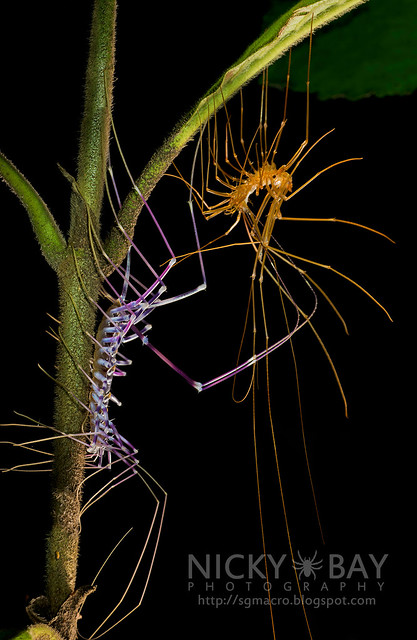
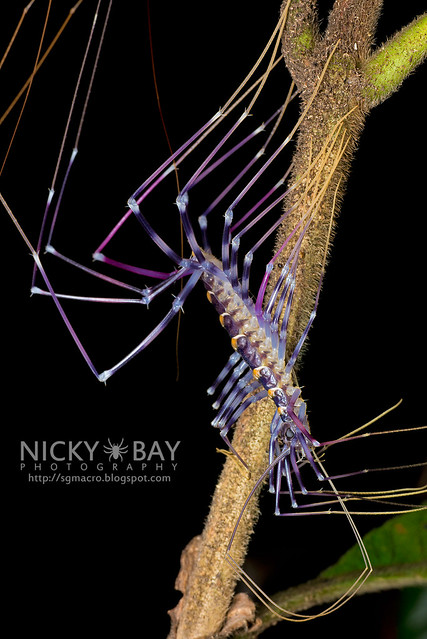


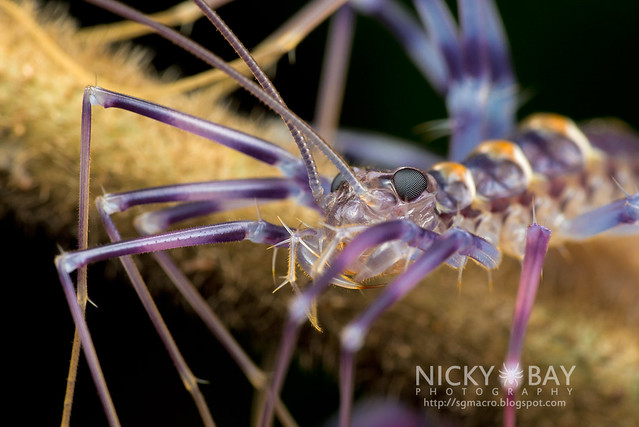
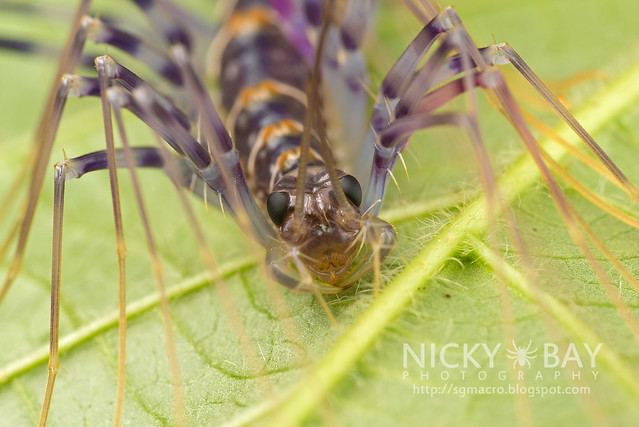
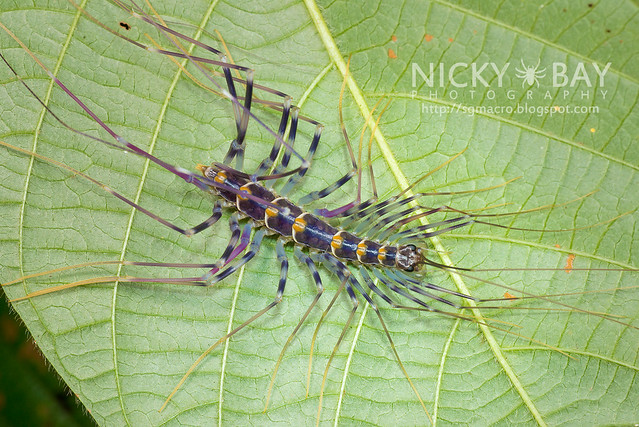
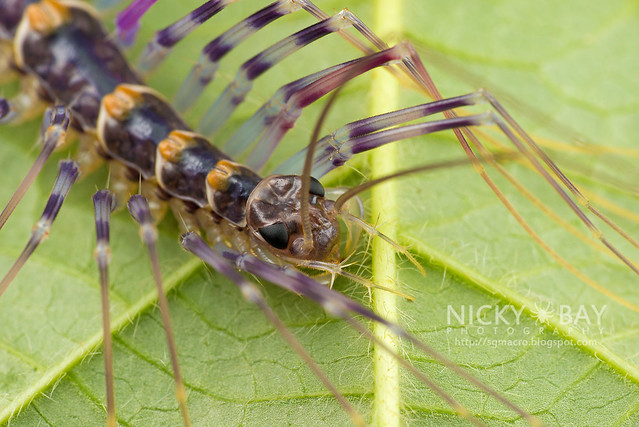

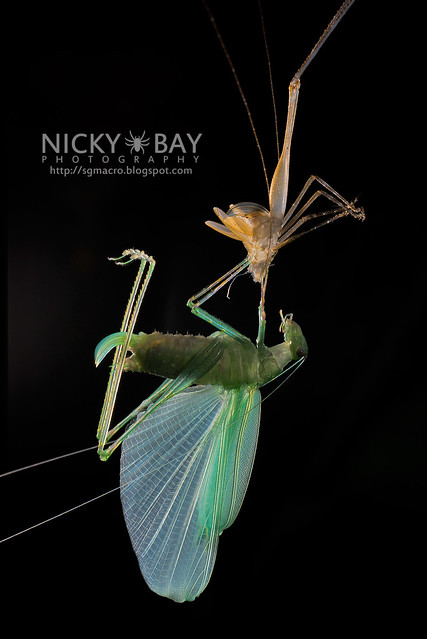
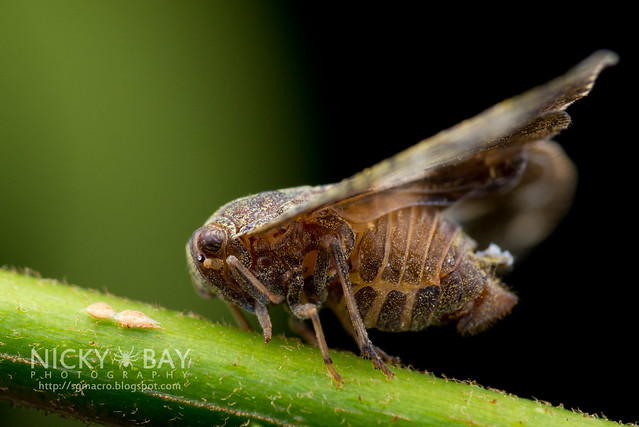

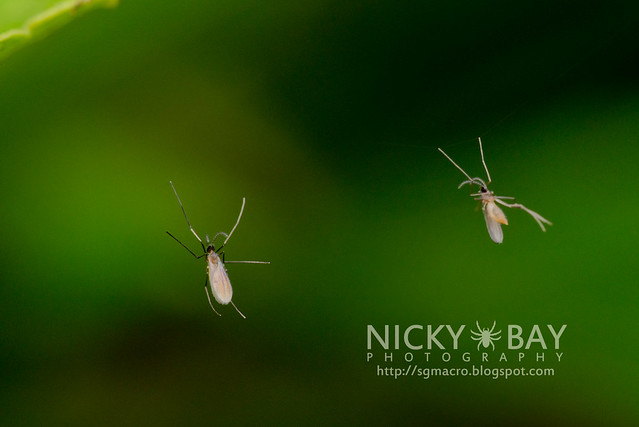
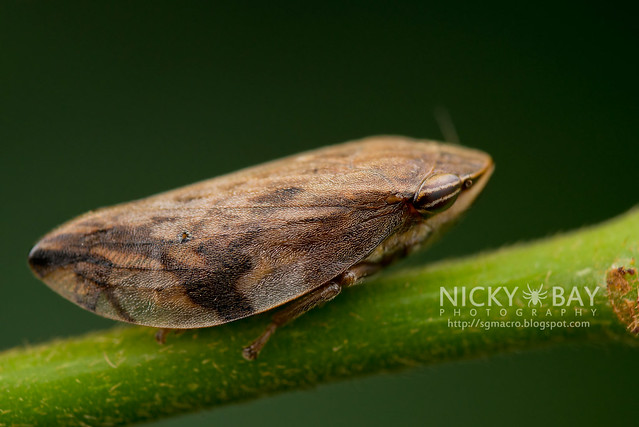
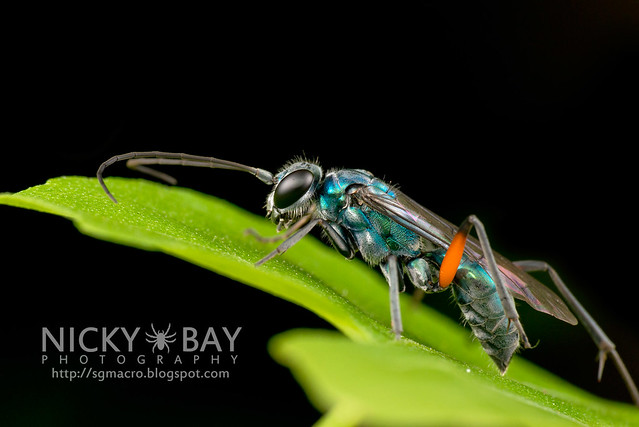


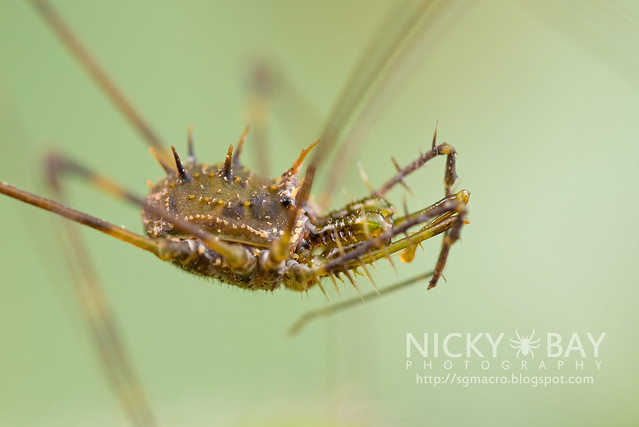
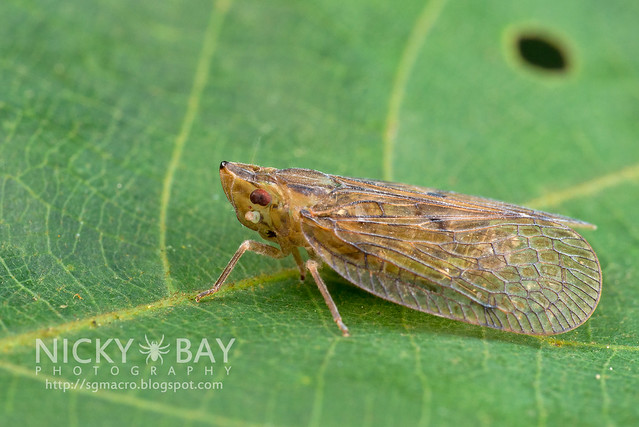




















The complete album can be viewed here.















